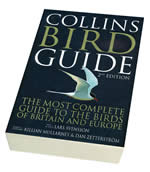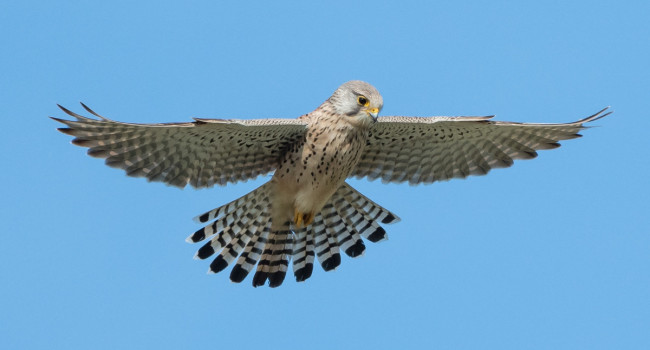
Publisher: HarperCollins, London
Publication Year: 2010
Binding: 2
Page Count: 448
ISBN Number: 978-0-00-726726-2
Price: £25.00
Collins Bird Guide (2nd Edition)
We generally do not publish full reviews of second and subsequent editions of books. This book, however, is one of the very few that warrants an exception to this ‘rule’. Since its publication in 1999, the book rapidly became THE standard field guide for anyone birding in the UK and Europe. As taxonomic changes continue to be announced on an almost weekly basis, and as the knowledge of identifying some complex species and plumages increases, it was inevitable that the guide would need to be up-dated at some point.
One of the first things that strikes you is that the species order has been changed, with swans, geese and ducks opening the accounts, but for those of us used to the ‘traditional’ divers at the front this can prove initially frustrating. I found this a particular problem on a recent trip abroad, trying to look up species I was not familiar with, and struggling to find them in the book. It is worth bearing with - you soon get used to it.
Many (if not most) of the individual species accounts and illustrations have been updated and improved. Flicking through both editions side-by-side really shows you how much has been changed although the odd little thing does surprise; such as the relegation of Mandarin from a species entry to a distant appendix, and yet retaining Egyptian Goose with a full species account.
The illustrations are accurate, useful and aesthetically pleasing, and in my copy somewhat more washed-out than in the original edition, which actually makes them even more realistically coloured. If you have the first edition it IS definitely worth investing in a copy of the new edition, and I suspect this will long continue to be the field guide of choice for most birdwatchers – although, as always with a comprehensive Europe-wide field guide, the sheer number of species can be bewildering and confusing for people new to birdwatching, or those that only watch birds in the UK.
Book reviewed by Su Gough





Share this page